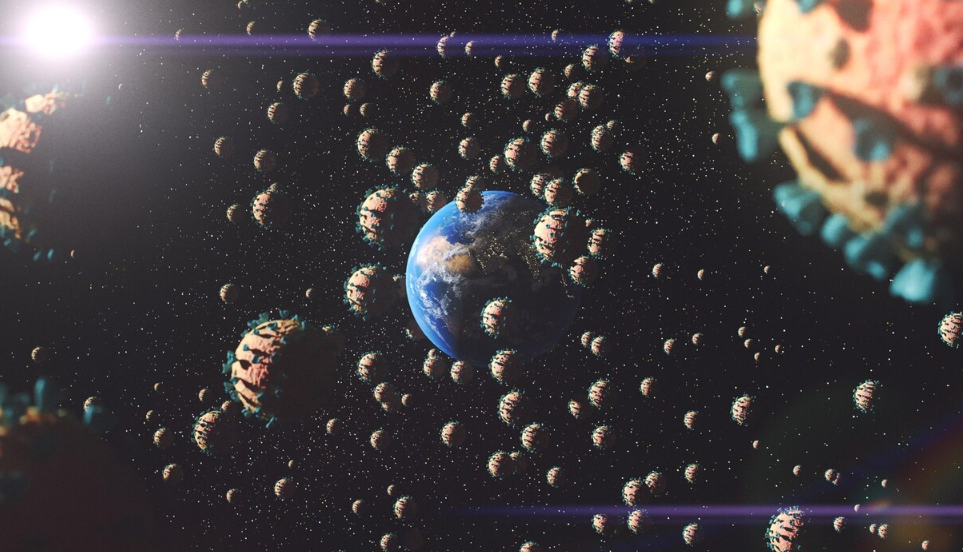In an age where algorithms anticipate our needs, nudge our choices, and filter our realities, the boundary between personal thought and programmed suggestion is becoming increasingly hazy. This subtle, often unnoticed blending is what some thinkers call cognitive fog — a psychological space where our decisions, identities, and even memories are partially shaped by machines.
The Rise of Subtle Automation
Algorithms have become our invisible companions. From search engines and news feeds to music recommendations and GPS routes, they assist us constantly. And while many of these tools improve convenience, they also participate in shaping our cognition in real time.
Unlike earlier forms of automation, today’s systems don’t just complete tasks for us — they influence how we think about those tasks in the first place.
- What should I eat tonight? Let’s check the delivery app.
- What should I read? Let’s see what’s trending.
- Who should I date? Let’s swipe.
In each case, personal choice is quietly co-authored by code.
When Convenience Becomes Cognitive Dependency
Cognitive fog emerges not from a sudden loss of control, but from gradual reliance. The more we offload decision-making to algorithms, the harder it becomes to distinguish where our own thought ends and machine suggestion begins.
Consider:
- Auto-complete shaping sentences before you think them through.
- Predictive text finishing ideas you hadn’t planned to say.
- Video platforms autoplaying content before you choose it.
Over time, we begin to internalize algorithmic patterns. We think in formats designed by platforms. We develop tastes tuned to recommendation engines. And we trust digital instincts that aren’t entirely our own.
The Illusion of Personalization
Modern algorithms sell the idea of personalization — that the system knows you. But in reality, most personalization is statistical. You’re not being seen as an individual, but as a cluster of behaviors: a data double formed by clicks, pauses, scrolls, and purchases.
In this foggy middle ground, feedback loops take over:
- You click what the algorithm shows.
- The algorithm learns that you like it.
- It shows you more of the same.
- Your preferences narrow, your worldview shrinks.
It feels like free will — but it’s often pre-filtered choice.
Identity in the Age of Adaptive Systems
One of the subtler effects of cognitive fog is how it erodes stable identity. When our moods, interests, and even memories are constantly mediated by real-time suggestions, our sense of self becomes fluid, dynamic — and sometimes, disoriented.
You’re no longer just choosing your path.
You’re reacting to what the system thinks your path should be.
This has implications for:
- Creativity: Are you inspired, or are you following algorithmic patterns?
- Memory: Are you remembering, or being reminded?
- Belief: Do you believe it, or was it just in your feed a lot?
Navigating the Fog
Living with algorithms doesn’t have to mean surrendering to them. Awareness is the first step toward clarity. Here are a few ways to push back against cognitive fog:
- Pause before clicking: Ask yourself why something caught your attention.
- Seek randomness: Visit sources outside your algorithmic bubble.
- Reflect offline: Journal, walk, or think without screens.
- Disrupt your own patterns: Follow unfamiliar topics, voices, and rhythms.
These small acts of resistance help reassert agency — not by rejecting technology, but by using it consciously.
Conclusion: Mind in the Mirror
Cognitive fog is not about dystopia. It’s about subtle influence. In the mirror of our machines, we see echoes of ourselves — and sometimes, projections of what systems want us to be. Living in the blur means recognizing the merge, and choosing, whenever we can, to be the thinker rather than the one being thought for.


